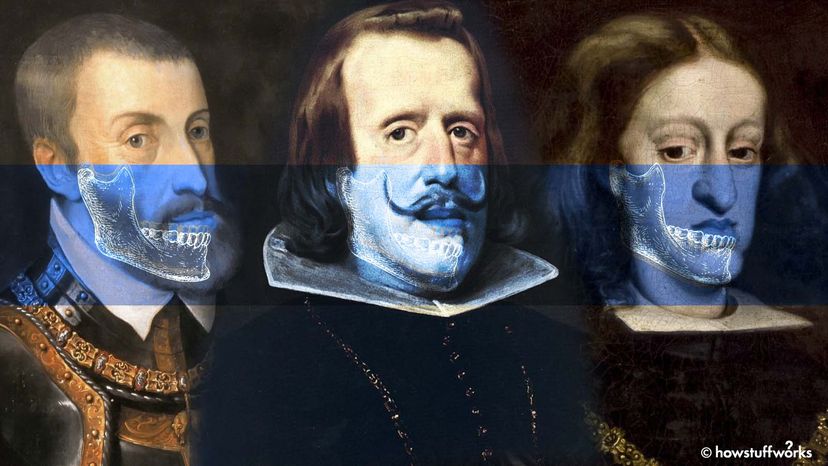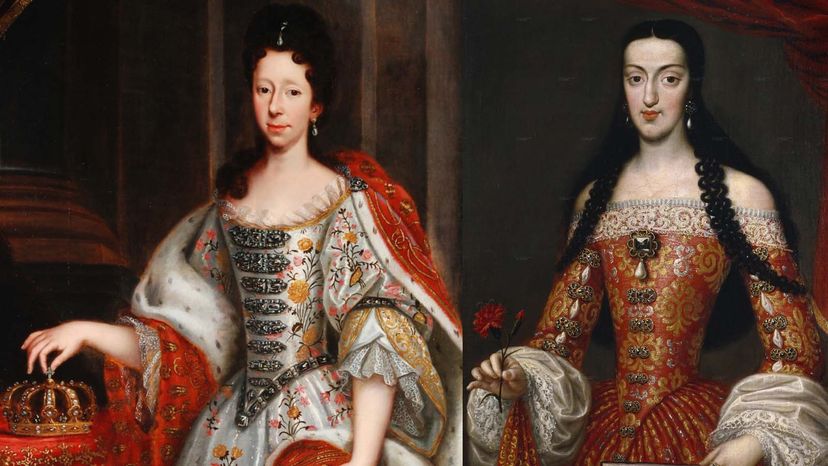Modern researchers now know that the Habsburg jaw was a result of royal inbreeding, which is when close relatives have children together. A team led by genetics researcher Román Vilas from the University of Santiago de Compostela in Spain confirmed this in late 2019 in a study published in the journal Annals of Human Biology.
Profiling for Research
They analyzed portraits from 66 members of the Habsburg clan, zeroing in on 15 monarchs who had the family's pronounced jawline and underbite.
The team found 18 different abnormalities in the Habsburgs' faces, and used the portraits to calculate the degree to which different members of the Habsburg dynasty were inbred.
The researchers found that Habsburgs had both mandibular prognathism and mandibular deficiency. The effects of intermarriage caused deformities that followed a recessive pattern and showed up in the lower third of the face.
Scientific Arguments Against Inbreeding
Most societies have long held taboos against incest and inbreeding. These prohibitions often are morally based, but we now know there are vital scientific reasons why inbreeding between first cousins or siblings is a bad idea, says Montgomery Slatkin, a retired genetics professor from University of California, Berkeley.
Each of us has two copies of each chromosome. In order for a recessive trait, like blue eyes or Type O blood to show up, a person needs homozygous alleles. That means you need two sets of chromosomes that both carry the same recessive trait.
"Any condition that's recessive, meaning you need both copies of the allele to have the physical defect, are much more common among inbred children than it is among people who are not inbred," Slatkin says. "It's hundreds of thousands times more common."
When you have children with someone who's not closely related to you, usually most of your genes will be heterozygous, which means they carry different traits. When cousins marry, it raises the odds of similar genetic background — and birth defects.
In the Name of Politics
Royals in the Habsburg era tended to ignore the proscriptions against consanguineous marriages and incest, because they were kings and queens after all. They wanted to consolidate power and property, keeping it in the family.
Unfortunately that intensified familial genetic disorders and flaws too, to the point that Charles II suffered with many maladies like mandibular prognathism.



